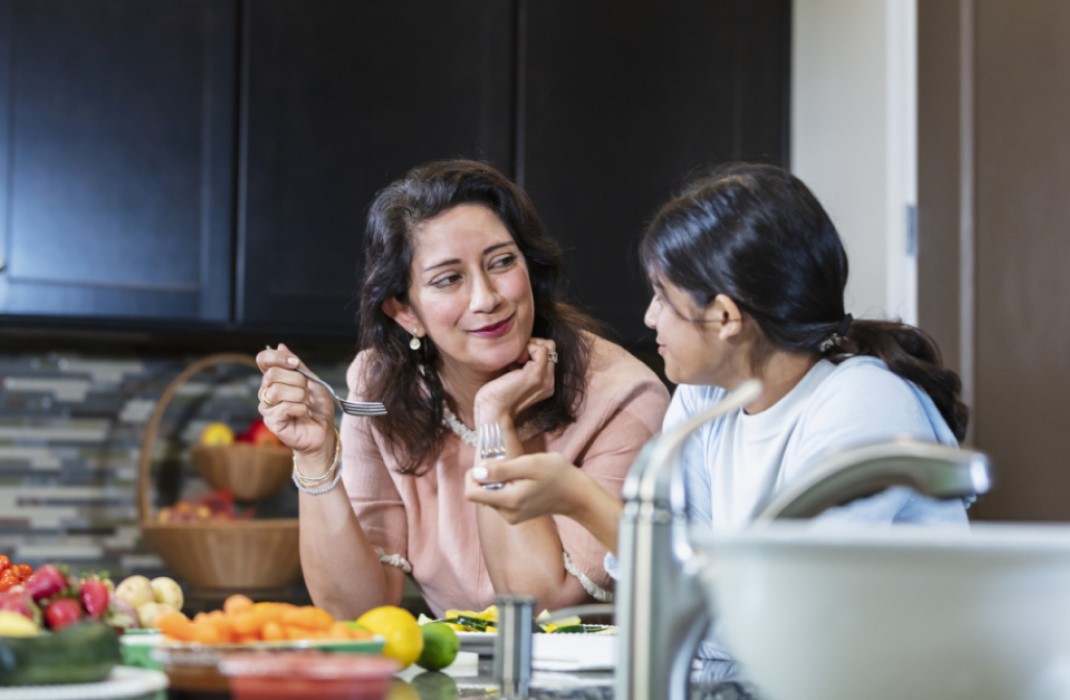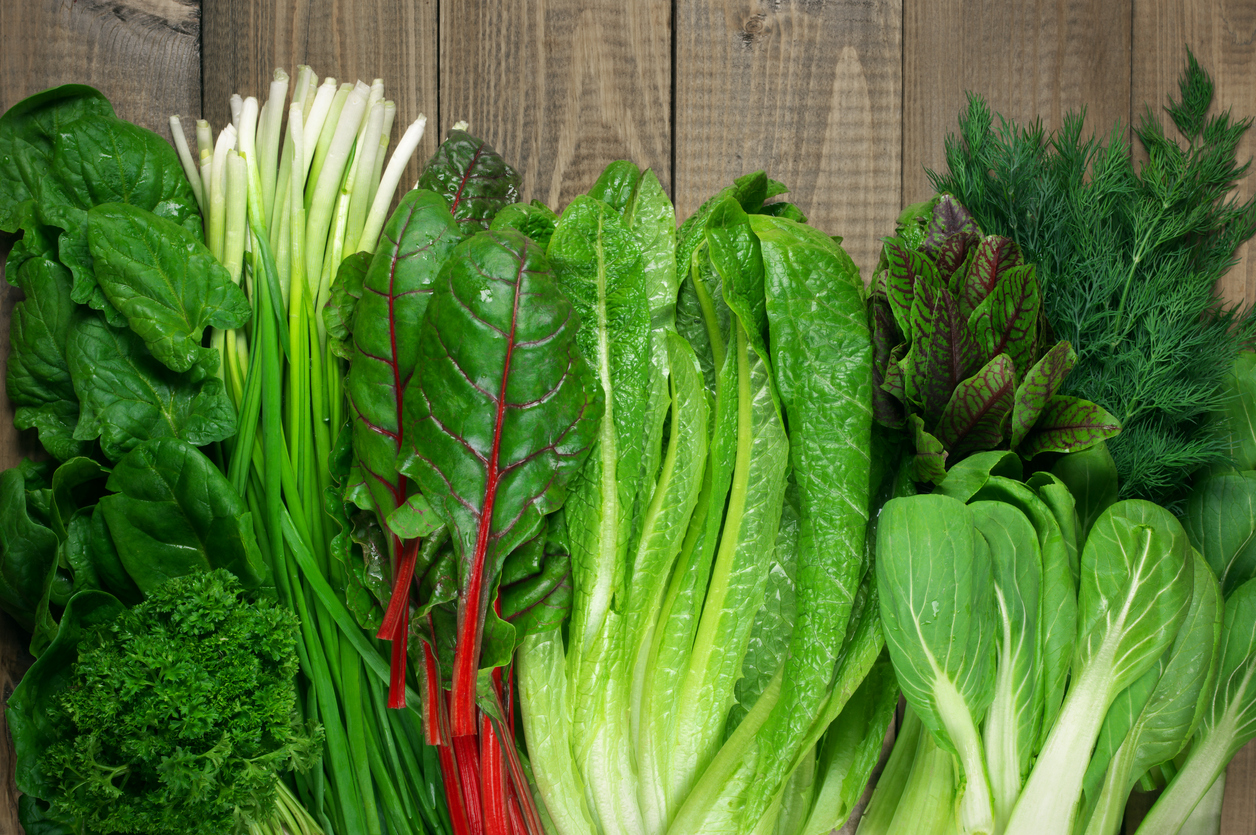-
- Find Care
-
- Visitor Information
- Find a Location
- Shuttles
- Visitor Policies
-
-
- Our Virtual Care Options
- Virtual Urgent Care
- Virtual Visits for Primary & Specialty Care
- Online Second Opinions
- Participate in Research
-
- Contact us
-
- For Innovators
- Commercialization Guide for Innovators
-
-
- Research News
- Alzheimer's Disease
- Artificial Intelligence
-
- Overview
-
- Overview
- Getting Started
- New to Mass General Brigham
- International Patient Services
- What Is Patient Gateway?
- Planning Your Visit
- Find a Doctor (opens link in new tab)
- Appointments
- Patient Resources
- Health & Wellness
- Flu, COVID-19, & RSV
- Billing & Insurance
- Financial Assistance
- Medicare and MassHealth ACOs
- Participate in Research
- Educational Resources
- Visitor Information
- Find a Location
- Shuttles
- Visitor Policies
- Find Care
-
- Overview
- Our Virtual Care Options
- Virtual Urgent Care
- Virtual Visits for Primary & Specialty Care
- Online Second Opinions
-
- Overview
- Participate in Research
-
- Overview
- About Innovation
- About
- Team
- News
- For Industry
- Venture Capital and Investments
- World Medical Innovation Forum (opens link in new tab)
- Featured Licensing Opportunities
- For Innovators
- Commercialization Guide for Innovators
- Contact us
-
- Overview
- Information for Researchers
- Compliance Office
- Research Cores
- Clinical Trials
- Advisory Services
- Featured Research
- Two Centuries of Breakthroughs
- Advances in Motion (opens link in new tab)
- Brigham on a Mission (opens link in new tab)
- Gene and Cell Therapy Institute
- Research News
- Alzheimer's Disease
- Artificial Intelligence
-
- Overview
-
- Overview
- Residency & fellowship programs
- Brigham and Women's Hospital
- Massachusetts General Hospital
- Mass Eye and Ear
- Newton-Wellesley Hospital
- Salem Hospital
- Integrated Mass General Brigham Programs
- Centers of Expertise
- Global & Community Health
- Health Policy & Management
- Healthcare Quality & Patient Safey
- Medical Education
- For trainees
- Prospective trainees
- Incoming trainees
- Current trainees
- Continuing Professional Development
How to Control Blood Sugar With Diet

Diabetes is a disease that causes high levels of glucose (sugar) in your blood. Over time, high blood sugar can damage tiny blood vessels throughout your body. Learning how to lower blood sugar and keep it under control can help you prevent or delay long-term damage to your heart, eyes, feet, and kidneys.
Many people find changing eating habits to control blood sugar challenging, says Marc O’Meara, RD, LDN, CDE, senior nutritionist at Mass General Brigham. O’Meara works with patients at Brigham and Women’s Hospital, Brigham outpatient settings, and virtually.
“Our society is not really set up to support people trying to control their blood sugar,” explains O’Meara. “Many of the foods we buy are processed and contain a lot of sugar. Carbs are quick and easy and delicious. It can be pretty hard to break these habits and learn how to manage blood sugar.”
O’Meara helps people with diabetes make small but meaningful changes to their diet to balance blood sugar. He says the key is balance — mixing sugars and carbohydrates with protein, fiber, and healthy fats. Choosing the right combination of foods can help you lower blood sugar naturally.
“There are practical ways and small changes to make a difference in the long run,” he adds.
Use protein to lower blood sugar.
Controlling your blood sugar often involves limiting foods such as fruits, candy, and sweetened drinks that contain obvious sugar. But starches such as bread and pasta also contain a lot of sugar in the form of carbohydrates — long, complex chains of sugars.
“Starch may not taste sweet. But when it’s digested, that carbohydrate chain is broken up into a big pile of sugars,” O’Meara says. “And those sugars, once they are in the gut, rush into the bloodstream.”
Eating protein — from meat and fish, tofu, nuts, eggs, and cheese — with carbs can slow that flow of glucose and help stabilize blood sugar.
“Proteins hold back the sugars, slow them down, and then release them into the bloodstream slowly so that your blood sugar stays in a more normal range,” O’Meara says.
He advises aiming to eat equal-sized portions of protein and carbohydrates to ensure you’re getting enough protein to counteract the carbs.
Balance blood sugar with these foods.
Certain types of foods are especially effective at controlling blood glucose. O’Meara recommends a diet rich in whole grains, vegetables, nuts, seeds, and healthy fats.
Whole grains and fiber
Whole grains such as whole wheat bread and pasta, brown rice, oats, and quinoa are an excellent source of fiber. Fiber acts like an outer shell covering these carbs. That shell has to be broken down, so there’s a slight delay in the flow of sugars into the bloodstream. Whole grains not only help control diabetes but can help lower cholesterol and prevent other chronic diseases, O’Meara adds. However, whole grains are still carbs, so they can make blood sugar spike when you eat too many.
Calculate a balance between net carbs and protein.
Food labels list calories, fat, cholesterol, sugars, carbs, and other items. But for people with diabetes, those numbers don’t tell the whole story. High-starch foods affect blood glucose just as much as sugary foods do. But food labels don’t tell you how much starch is in a food.
“Starch turns into sugar about 15 minutes after you eat it, and it can really rush into the bloodstream quickly,” O’Meara says.
Lifestyle habits for balancing blood sugar
A balanced diet goes a long way toward lowering blood sugar and keeping it under control. But healthy lifestyle choices also have a positive effect, O’Meara stresses. Your blood sugar balance also may improve when you:
- Exercise: Exercise helps in two ways. Consistent activity boosts your metabolism so you are better able to burn off sugars. And if you have a high-carb meal, taking a walk immediately or participating in another activity can burn off excess sugars in the bloodstream.
- Stay hydrated: Staying well hydrated helps stabilize blood sugar. In addition, hot liquids tend to make you feel fuller and more satisfied, so they may reduce snacking that raises blood sugar.
- Get adequate sleep: When you get enough sleep, you have more energy and can be more active. Plus, studies indicate that poor sleep is linked to higher sugar levels.


